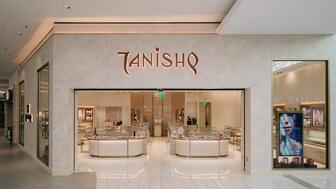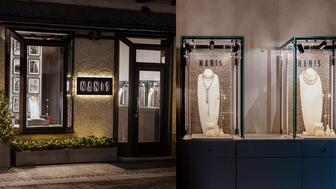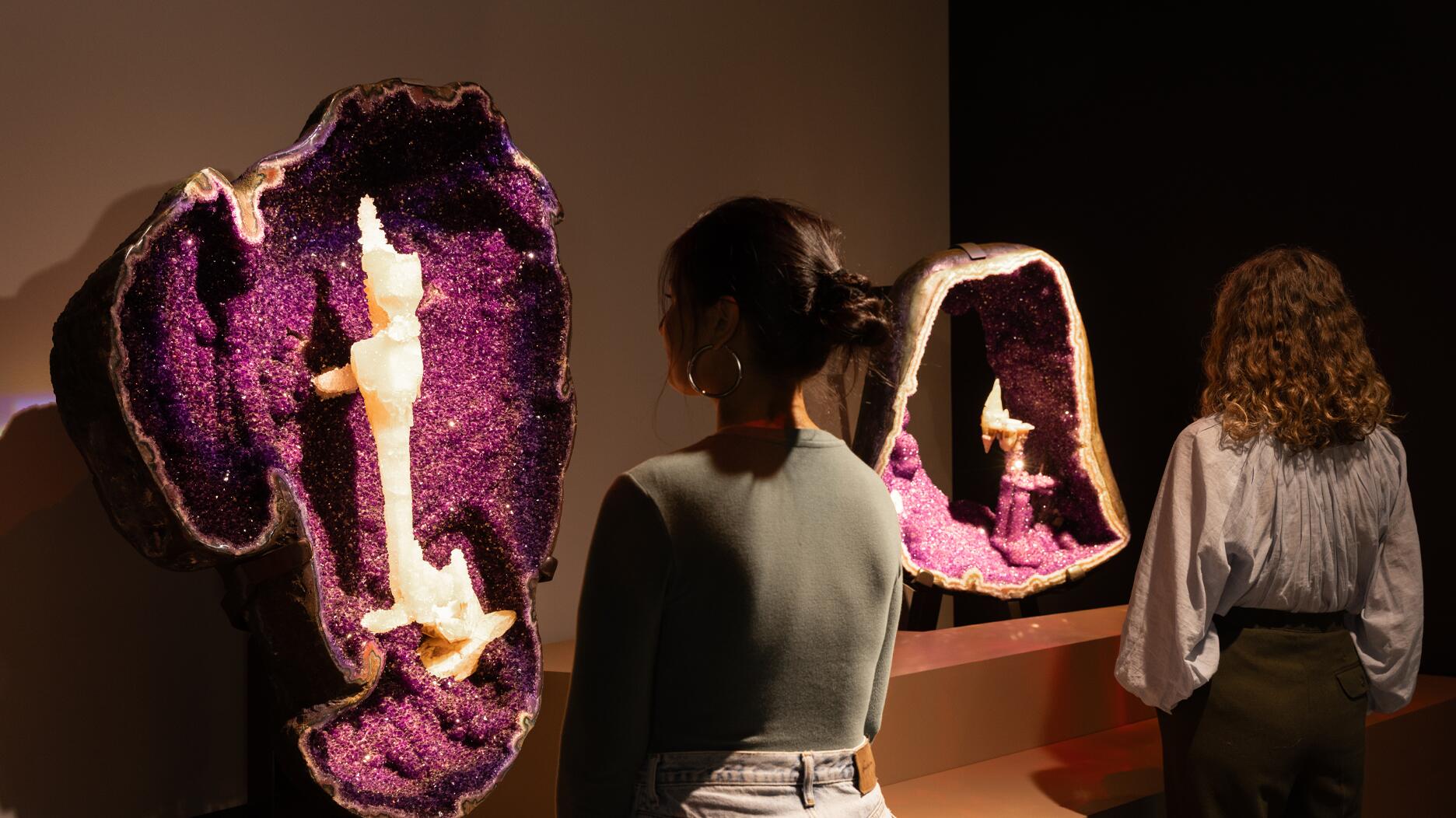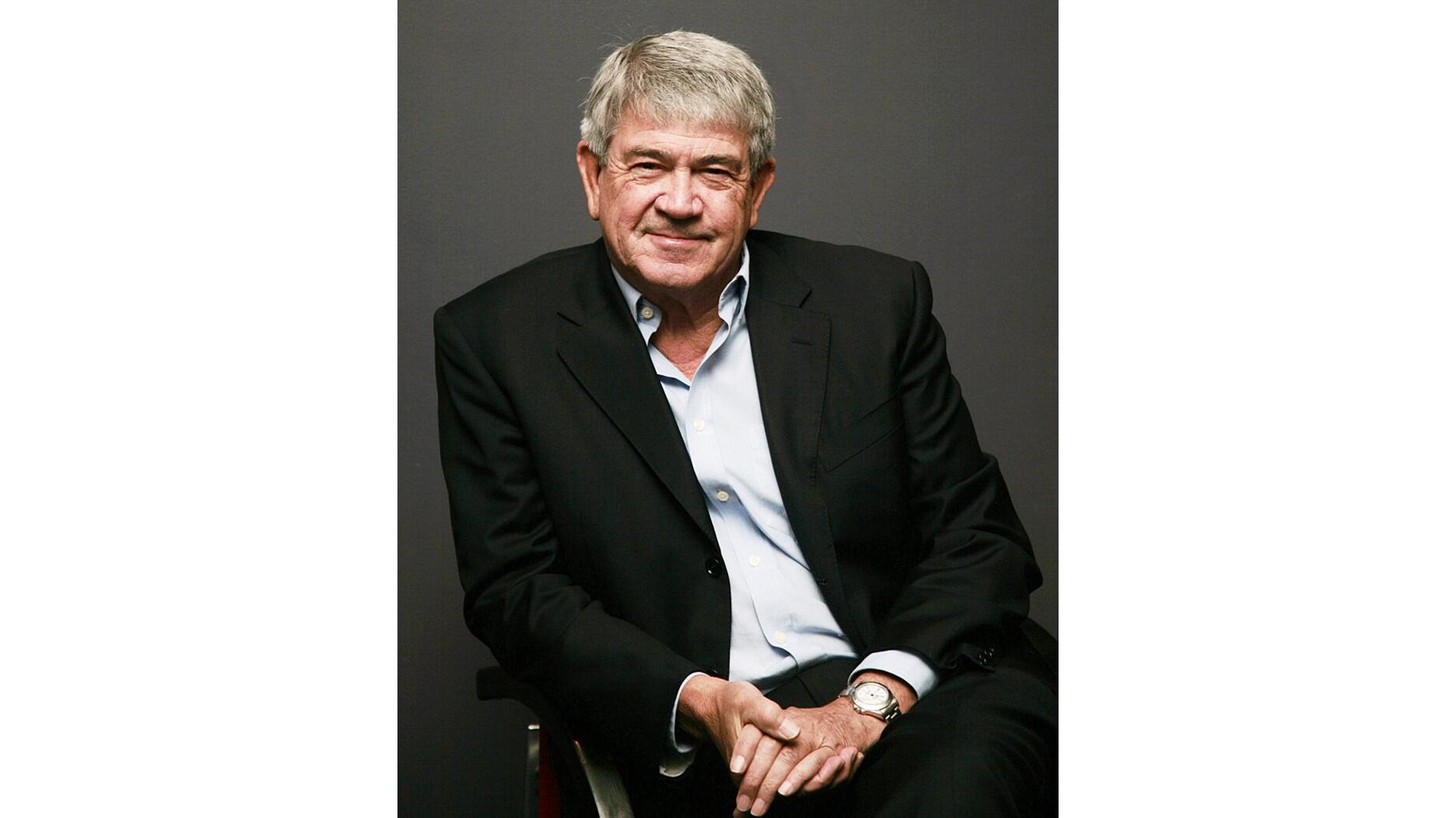From influential executives to innovative designers, we pay tribute to the people we said goodbye to this year.
De Beers to Begin Selling Lab-Grown Diamond Jewelry
It is monumental, though not entirely shocking, jewelry industry news.

The jewelry will be sold direct to consumers via LightboxJewelry.com starting in September, with retail partnerships to be announced “in due course,” the company said in formally announcing the launch of Lightbox on Tuesday.
Lightbox Jewelry will be, at least for now, limited to fashion jewelry, necklaces and earrings set with white, blue and pink man-made diamonds that are “accessibly priced.”
De Beers is charging $200 for a piece of Lightbox Jewelry set with a 0.25-carat diamond; $400 for a half-carat diamond; $600 for 0.75 carats; and $800 for pieces set with a 1-carat man-made diamond. (Prices are for white, blue and pink diamonds and do not include the setting.)
In the company’s news release about Lightbox, both De Beers CEO Bruce Cleaver and Steve Coe, the general manager of Lightbox Jewelry, said the line aims to fill what De Beers perceives as a void in the market for well-priced lab-grown diamond fashion jewelry and to clear up consumer confusion over man-made diamonds.
“Our extensive research tells us this is how consumers regard lab-grown diamonds—as a fun, pretty product that shouldn’t cost that much—so we see an opportunity here that’s been missed by lab-grown diamond producers. Lab-grown diamonds are a product of technology, and as we’ve seen with synthetic sapphires, rubies and emeralds, as the technology advances, products become more affordable. After decades of R&D investment, we’re able to offer consumers a better price today,” Cleaver said.
He added that Lightbox Jewelry will be a “small business” compared to what De Beers sells in mined diamonds.
Coe said: “We’ve learned from our research that there is a lot of confusion about lab-grown diamonds—what they are, how they differ from diamonds and how they are valued. Lightbox will be clear with consumers about what lab-grown diamonds are and will offer straightforward pricing that is consistent with the true cost of production.”
He added that they will add more colors and designs to the line over time.
De Beers’ entrance into the lab-grown diamond jewelry market is monumental, although not entirely shocking, jewelry industry news. There has been speculation for years about when—not if—the company would employ its synthetic diamond arm, Element Six, to add gem-quality diamonds to its industrial production.
Element Six is based in Maidenhead, United Kingdom, and has grown diamonds for industrial purposes, for items such as drills, lasers and speakers, for years.
With the launch of Lightbox, De Beers is sinking $94 million over the next four years into a second Element Six facility near Portland, Oregon. Once fully operational, the plant will be capable of producing more than 500,000 carats of diamonds per year.
De Beers said Lightbox Jewelry will be the only company to which Element Six supplies gem-quality lab-grown diamonds.
All Lightbox diamonds that weigh 0.2 carats or more will be inscribed with a permanent logo inside the stone, visible only under a microscope, marking as a lab-grown diamond made by Element Six.
The Latest

The retailer is expanding into areas with large Indian and South Asian populations.

The Italian brand has opened its first flagship amid the peaks of the Dolomites in Madonna di Campiglio, Italy.

How Jewelers of America’s 20 Under 40 are leading to ensure a brighter future for the jewelry industry.

The couple pleaded guilty to concealing at least $127 million in cash transactions at its precious metals businesses.


Consumers shared concerns about prices, inflation, tariffs, trade, and politics in the survey’s write-in response section.

In February 2026, the auction house will move its headquarters to the former Steinway Hall, a neoclassical landmark on Billionaires’ Row.

Roseco’s 704-page catalog showcases new lab-grown diamonds, findings, tools & more—available in print or interactive digital editions.

The new show will take place Jan. 23-25, 2026.

The LVMH-owned brand has partnered with the costume design union to revamp its award for 2026.

The luxury titan inked a deal to acquire an initial minority stake in the jewelry manufacturer with a pathway to full ownership by 2032.

The company’s curation of unsigned vintage and estate jewelry debuted at the Bloomingdale’s in Costa Mesa, California.

In the recent multi-shipment seizure, CBP also found counterfeit Audemars Piguet, Moncler, and Chrome Hearts items.

Helzberg’s Chief Retail Officer Mitch Maggart shared details about its tests of a new store concept rooted in an elevated luxury experience.

Jewelers of America execs and National Jeweler editors discuss tariffs, the sky-high gold price, and the engagement that broke the internet.

The luxury goods company said founder Ippolita Rostagno will remain at the brand’s helm.

Laura Burdese, who joined the Italian luxury brand in 2022, will take on the role in July.

The National Jeweler editors revisit the most noteworthy industry happenings and design trends from 2025.

Need a gift for the cat lover who has everything? Look no further than our latest Piece of the Week.

It purchased the “Grosse Pièce,” an ultra-complicated Audemars Piguet pocket watch from the ‘20s, for a record-breaking price at Sotheby’s.

The lab-grown diamond grower now offers custom engagement and fashion jewelry through its Kira Custom Lab Jewelry service.

Chandler got his start at Michelson Jewelers and has served as DCA president and CEO since 2001. He will retire at the end of the month.

The boutique is slated to open this week inside Terminal 8, offering pre-owned Rolex watches and more to international travelers.

Sponsored by Digital Monitoring Products

The special-edition egg pendant ingested in a New Zealand jewelry store was recovered after a six-day wait.

Associate Editor Natalie Francisco plays favorites with Piece of the Week, selecting a standout piece of jewelry from each month of 2025.

The “Love and Desire” campaign is inspired by the magic that follows when one’s heart leads the way, said the brand.


























